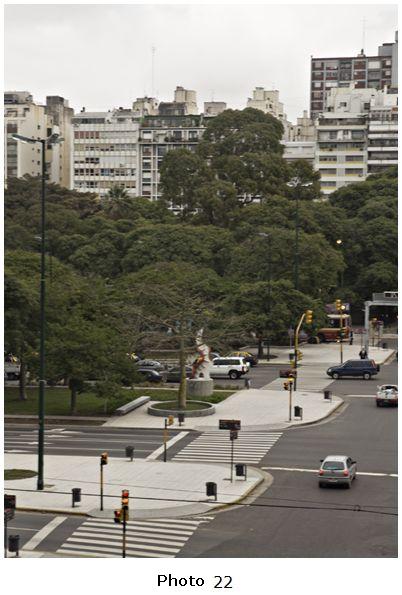Clouds
When the day is cloudy, there is less contrast in the scene. This will let you capture detail in highlights and shadows. Actually, clouds are acting as a giant panel which transmit only a part of the light (see diffused transmission, course 3). Similar to shadows, this light will be soft and sometimes flat. There are many photographers who prefer shooting photographs in cloudy days instead of sunny days.
In a cloudy day, the colour of light has a blue tone when compared to a sunny day. To correct this slight bluish tone, we use the White balance function (in digital cameras) or a soft amber filter such as 81, 81B or 81D (if we are using film).
When the day is partially clouded, we can choose when to shoot: when the sun comes out or when the sun is behind a cloud. The disadvantage of shooting photographs under this light situation is the fact that light changes constantly: sometimes, there is sun, sometimes, the sun is covered by a cloud but allows some rays through, etc. Therefore, we need to be measuring the scene constantly to achieve the correct exposition.
When the day is too cloudy, or it is raining, light is less intense. This means we will need to use lower shutter speeds or more open diaphragms. If we want to achieve a great depth of field using a closed diaphragm, we will need to use a tripod or a higher sensitivity.
Another thing we need to consider when the day is too cloudy, is that colours look "washed". This means there is little saturation and little brightness. This can be used to achieve a specific mood for your photograph, but the photograph losses strength in the majority of cases.

This photograph was taken at s 9.30 am, in a cloudy day. As you can see, the sky was completely covered by clouds and the were no rays of sun. The exposition was f/13 a 1/25 con ISO 200.
If you compare this photograph to photograph 9, which was taken at the same time, during the same season, you will plainly see the differences in colour temperature, contrast and colour saturation. You can also notice, when comparing the expositions, how the intensity of light lowers when the day is cloudy. Photograph 9 had an exposition of f/16 at 1/100, with an ISO 200. There are 2 points and 2/3 of difference in intensity (or exposition) between photograph 22 and photograph 9.

